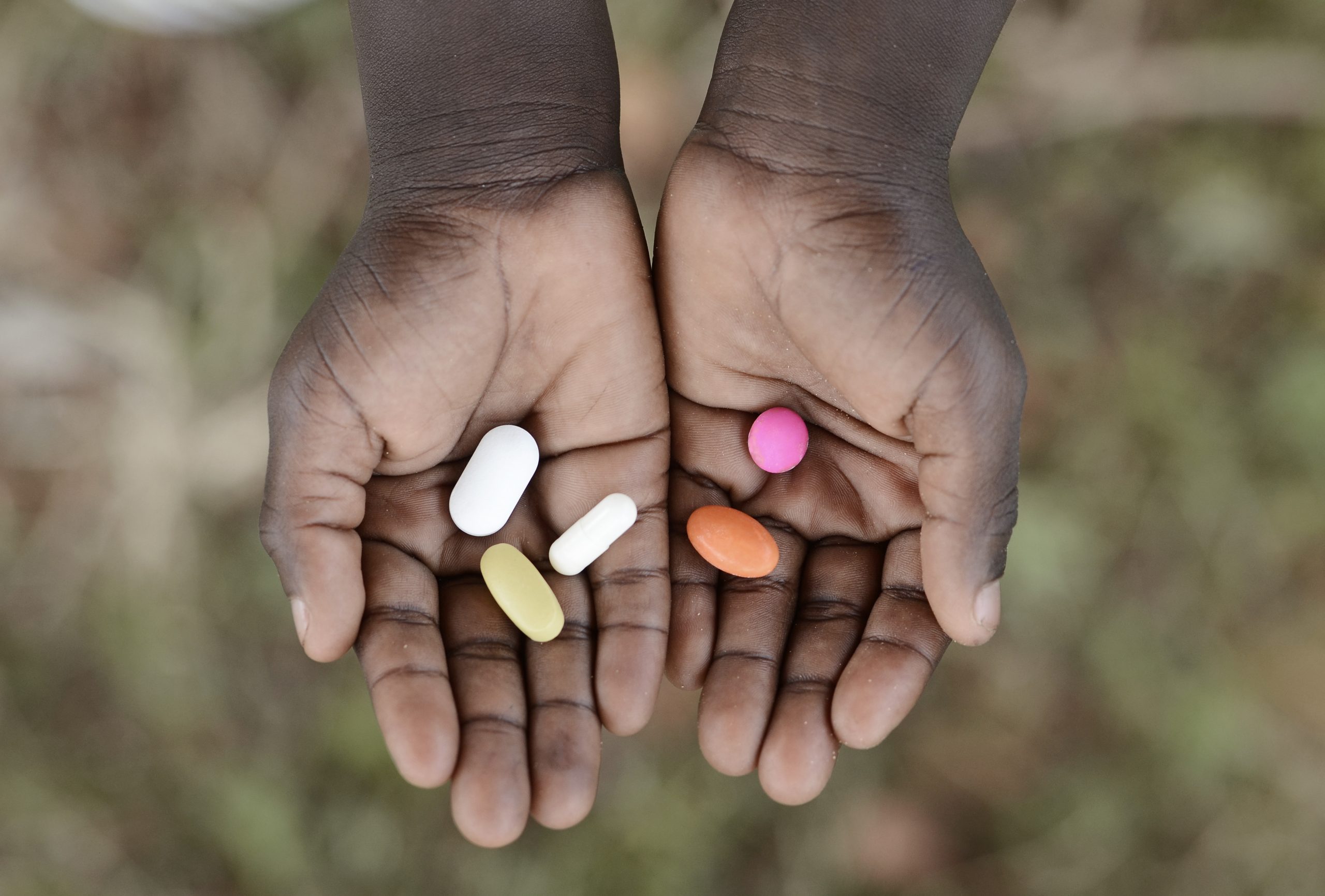
06 Feb Global health research published on informal drug vendors and health insurance schemes in Nigeria
Former AIGHD PhD-student and Junior Researcher, Heleen Nelissen, co-authored a recently published article on healthcare-seeking behavior of insured and uninsured individuals in rural Nigeria. Associate professor Wendy Janssens and assistant professor Anja van’t Hoog of AIGHD were also co-authors of this publication. Year-long weekly financial and health diary data were collected among 120 low-income households in rural Nigeria to obtain detailed data on financial practices and healthcare spending habits. Heleen explains, “The advantage of using weekly diaries is to capture not only catastrophic events, but also less severe events that are likely underreported in surveys with longer recall periods.”
The researchers discovered that insurance coverage was associated with significantly higher utilization of formal and better-quality health care. Yet, visits to informal providers, such as patent and proprietary medicine vendors (PPMVs), account for a large share of the total out-of-pocket health spending among both insured and uninsured individuals. In rural settings where clinics may be limited, these vendors are often the main providers of medication to the sick—although the quality of services is often low. However, these PPMVs are not regulated and do not have a license to distribute medication, and therefore are not affiliated with insurance plans or healthcare facilities.
“Many residents in rural areas use PPMVs because they are easily accessible, people are familiar with them, and opening hours and payment methods are often flexible and convenient.”
To reach universal health coverage the authors believe that the prominent role of informal providers within primary healthcare systems and their position in health insurance schemes should be reconsidered. However, they also recommend further development of quality management systems to assess and monitor the quality of services delivered by PPMVs in order to ensure their acceptability for health insurers.
Read the full publication here.
